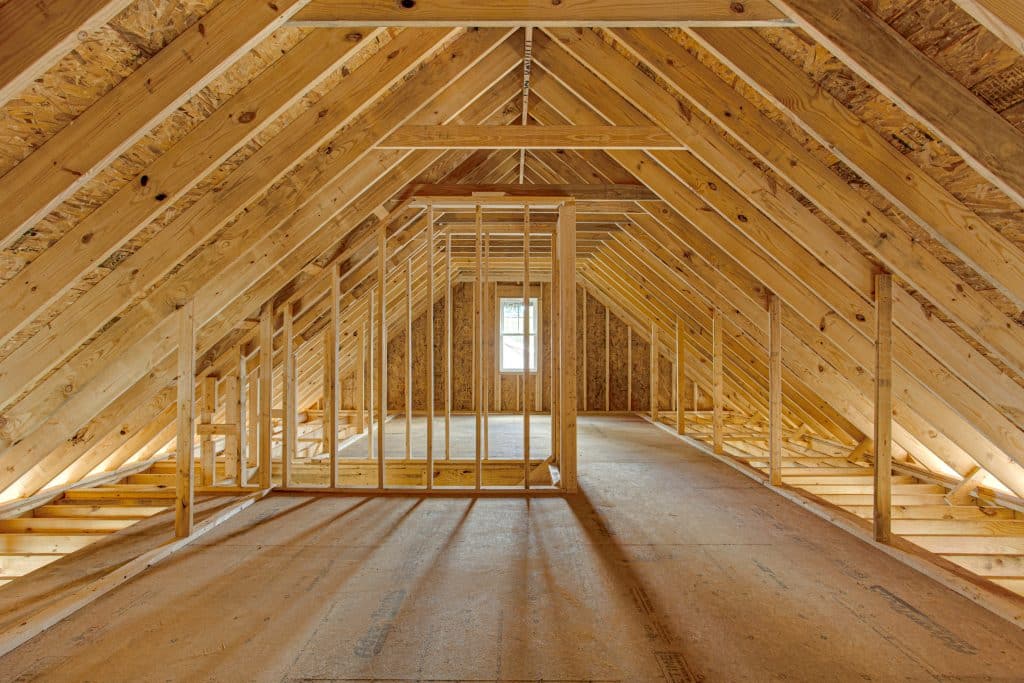Loft conversions are a popular way to add extra space and value to your home, but when you build upwards, fire safety becomes even more critical. One of the most common questions during planning is:
“Do I need a fire alarm or smoke detector in the loft?”
The short answer is: yes, in almost all cases. But the type of detection you need, and how it should be installed, depends on the layout of your home and the Building Regulations that apply in the UK.
In this blog, we explain when fire detection is required in loft conversions, which systems are compliant, and how to ensure you’re protected and within the law.
Why Fire Detection in Lofts Matters
When you convert a loft into a habitable room, such as a bedroom, office, or studio, you’re not just adding space. You’re creating a new level in your home’s structure, which affects how people escape in an emergency and how smoke and fire travel through the building.
In many properties, lofts are accessed via narrow stairs and may have only one exit route, typically through the lower floors. This means early detection of smoke or fire is vital, giving everyone more time to evacuate safely.
What Do Building Regulations Say?
In England and Wales, the Building Regulations Approved Document B sets out the fire safety requirements for loft conversions. These apply whether you’re converting an existing loft or building a new one.
You will usually need to:
-
Install mains-powered smoke alarms in:
-
The loft conversion room itself
-
The circulation space on the storey below (e.g. landing)
-
Each floor level in the property
-
-
Ensure all alarms are interlinked so that if one sounds, they all do
-
Use alarms that comply with BS EN 14604 (for smoke detectors) and BS 5839-6 (for domestic fire alarm systems)
If your home has three or more storeys, additional measures, such as upgraded fire doors or protected stairways, may also be required.
Do They Need to Be Hard-Wired?
Yes. Under current Building Regulations, smoke alarms in loft conversions must be:
-
Mains-powered
-
Fitted with a tamper-proof backup battery
-
Interlinked, either via cable or radio frequency
Battery-only smoke alarms are not acceptable in loft conversions that require Building Control approval.
Fire Alarm Grades and Categories for Lofts
According to BS 5839-6, domestic fire alarm systems are classified by Grade and Category:
-
Grade D1: Mains-powered alarms with a tamper-proof backup battery
-
Category LD2: Detection in escape routes (hallways, landings) and high-risk areas (kitchen, living room, loft room)
Most loft conversions in single-family homes will fall under Grade D1, Category LD2.
Common Mistakes to Avoid
When fitting or signing off a loft conversion, be sure to avoid these pitfalls:
-
Not interlinking alarms across all floors
-
Installing battery-only units when mains power is required
-
Failing to add a detector inside the loft room itself
-
Choosing unsuitable alarm types (e.g. heat instead of smoke)
Even if the conversion was done years ago, upgrading your fire detection now can dramatically improve safety.
Should I Upgrade the Rest of the House Too?
If you’re converting your loft today, the rest of the property must be brought up to current fire safety standards, including interlinked alarms on every floor. That means you’ll likely need to install alarms:
-
In the ground floor hallway
-
On the first-floor landing
-
Inside the loft room
If the layout has an open-plan staircase or lacks a protected escape route, additional measures may be required. Always consult your architect, builder, or Building Control officer for specific guidance.
What If My Loft Is Just for Storage?
If your loft is non-habitable and accessed only occasionally for storage, Building Regulations don’t require you to fit smoke detection. However, if there’s electrical equipment or potential fire risks (e.g. stored flammables, downlights, or wiring), fitting a detector is still wise.
Final Thoughts
If you’re converting your loft into a usable room, you do need fire detection, and it must meet modern UK standards. That means:
-
Mains-powered, interlinked alarms
-
Installed in the loft room and all circulation spaces
-
Compliant with BS 5839-6 and Building Regulations
It’s not just a paperwork requirement, it’s a vital layer of protection for you and your family.
For expert advice on fire protection and prevention measures, contact Martyn Young Fireproofing Consultancy on 07585 896648


